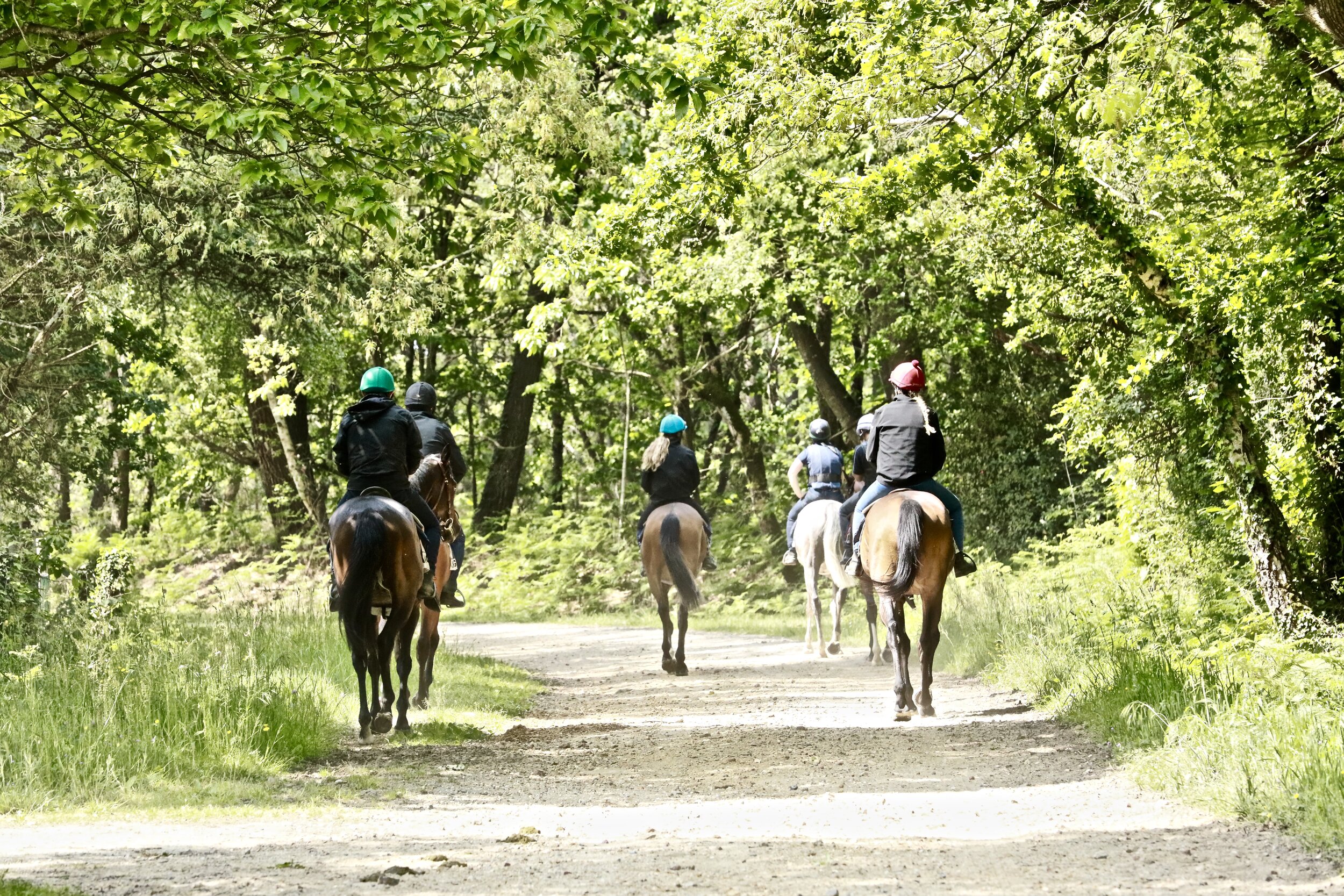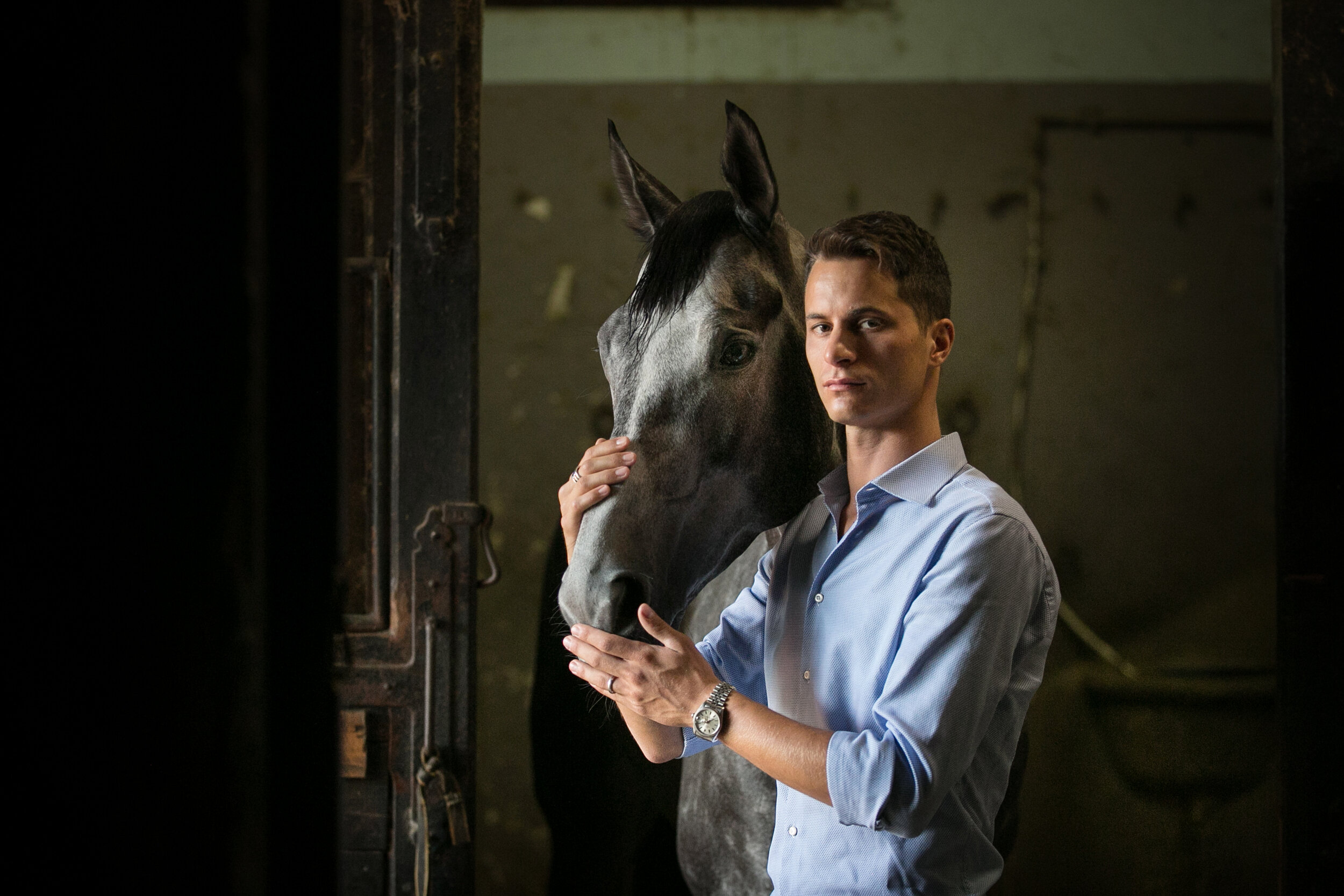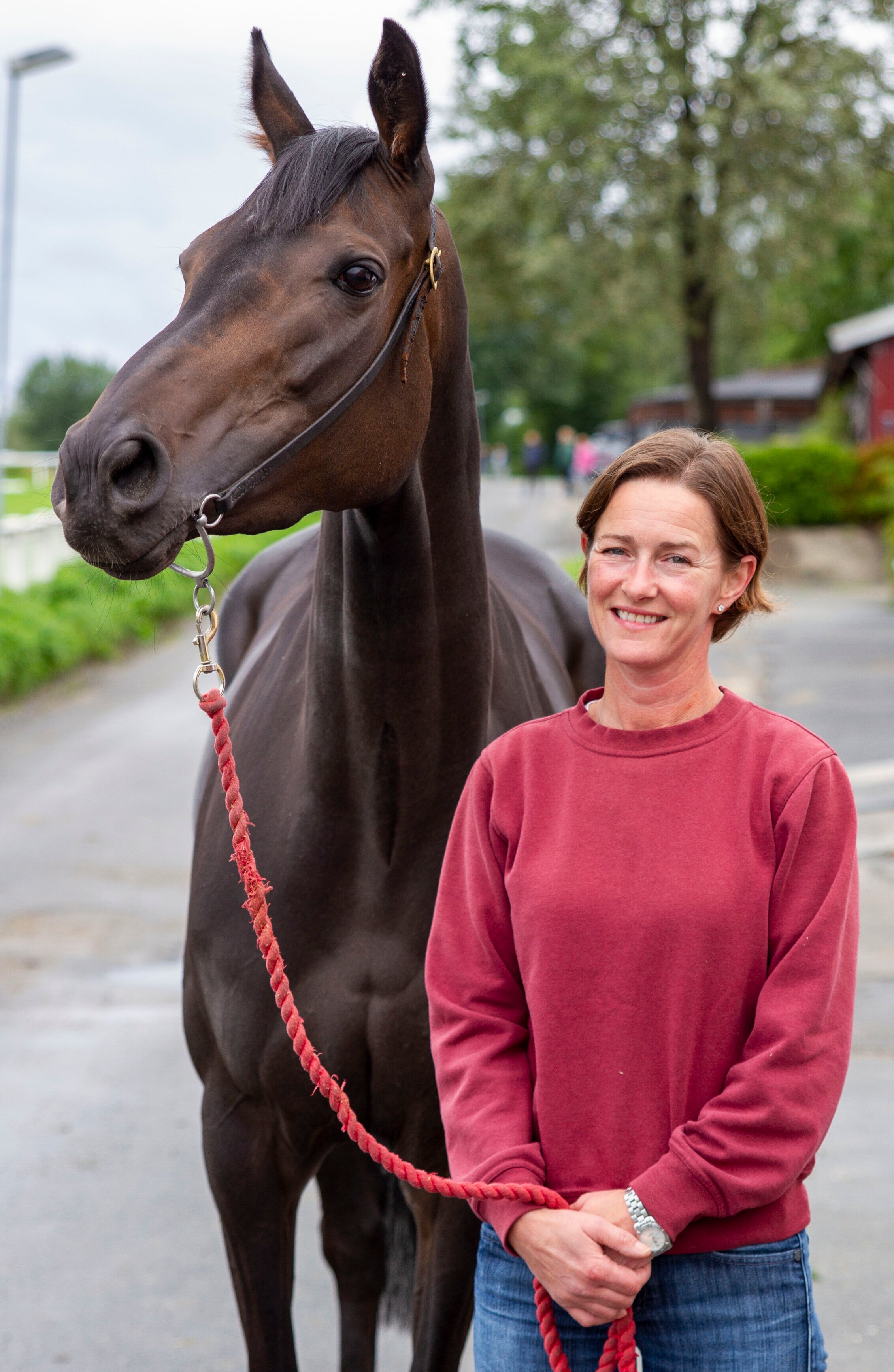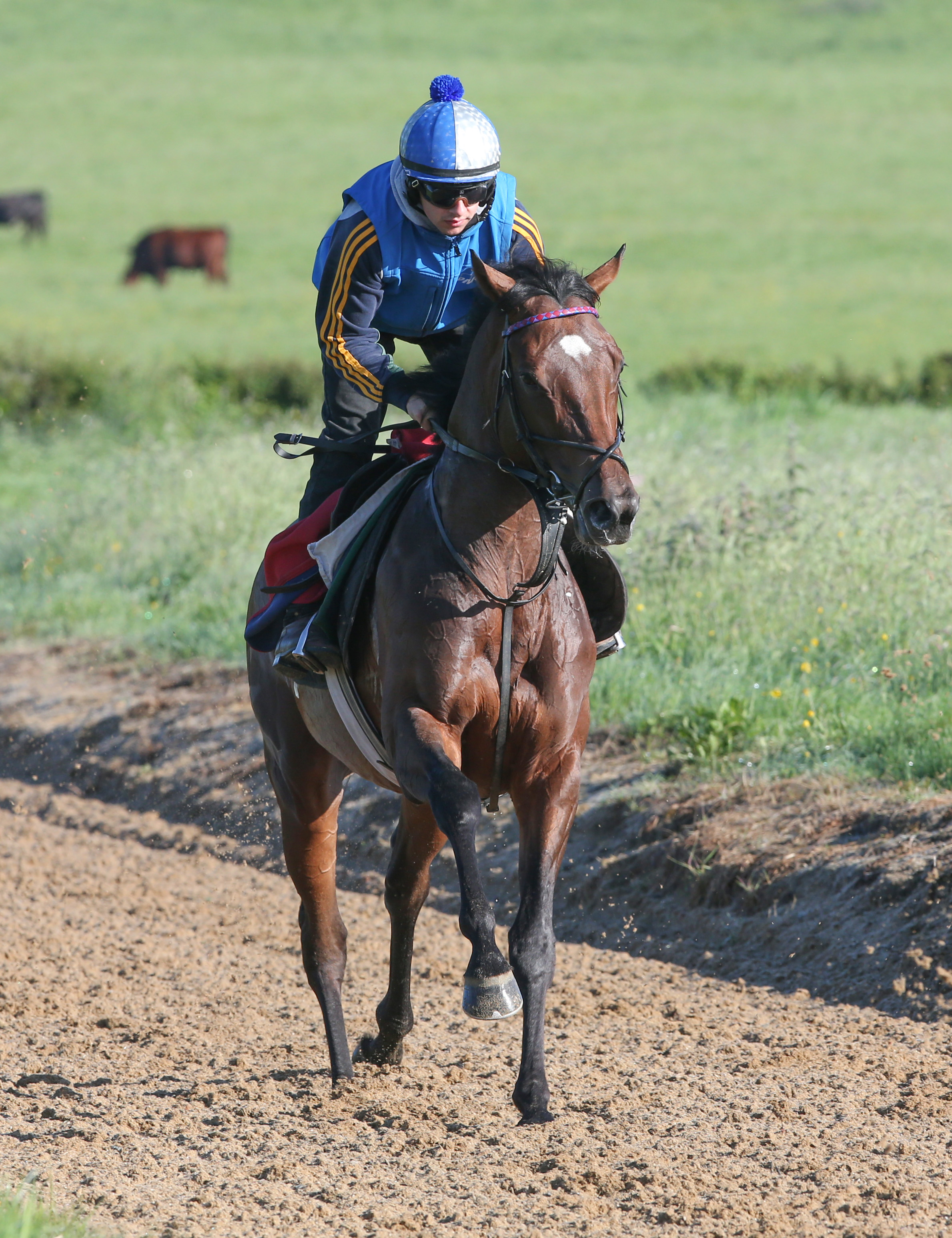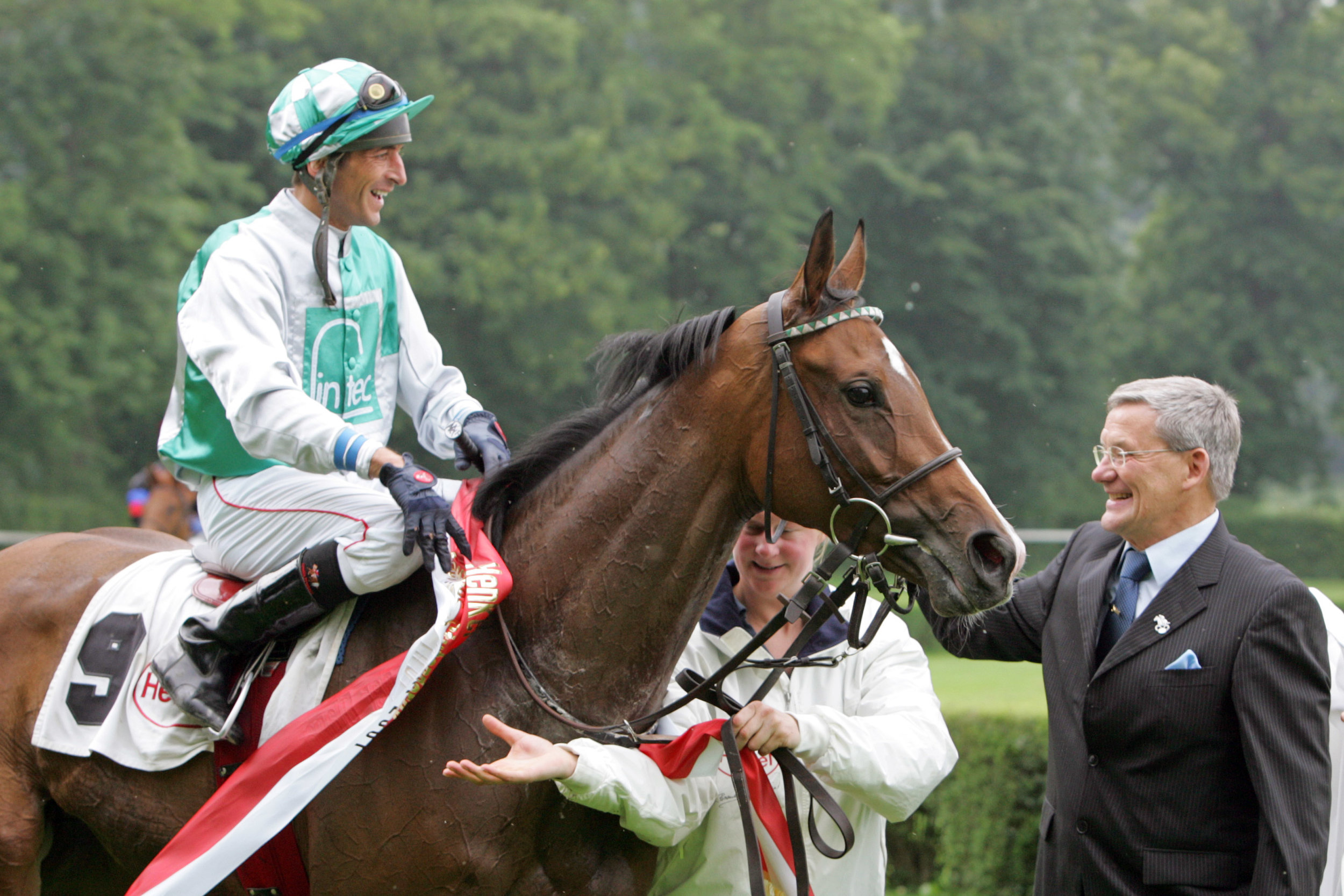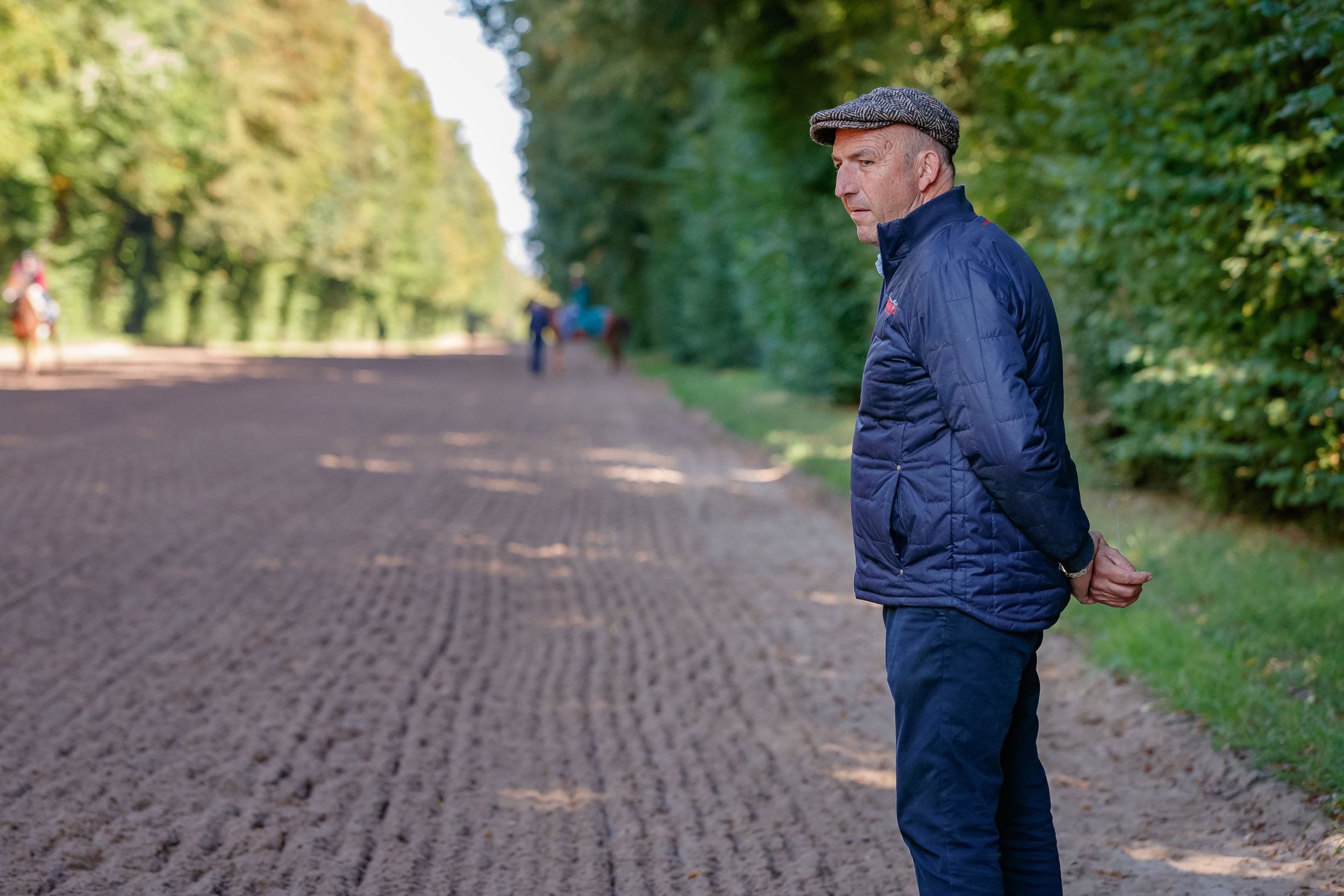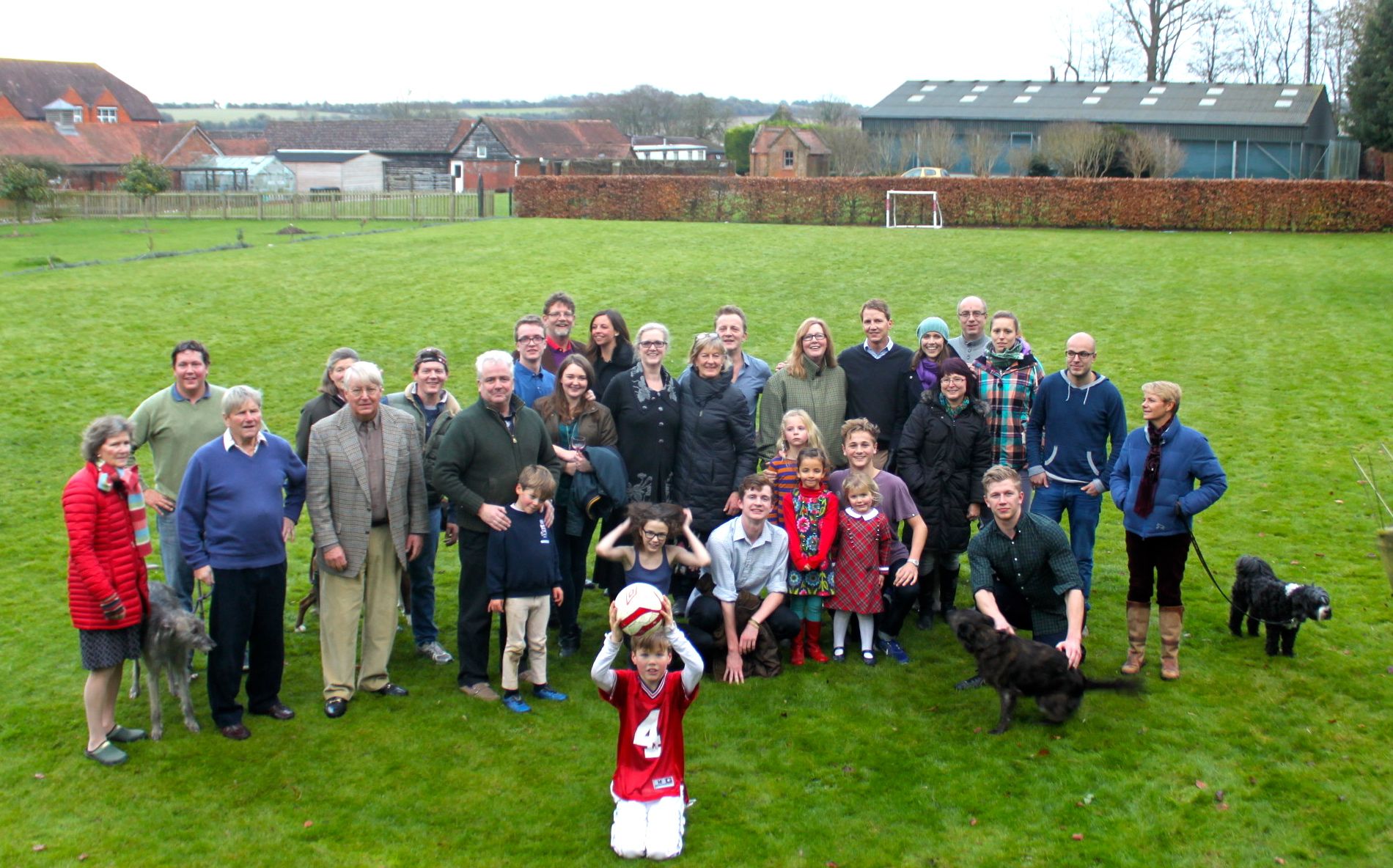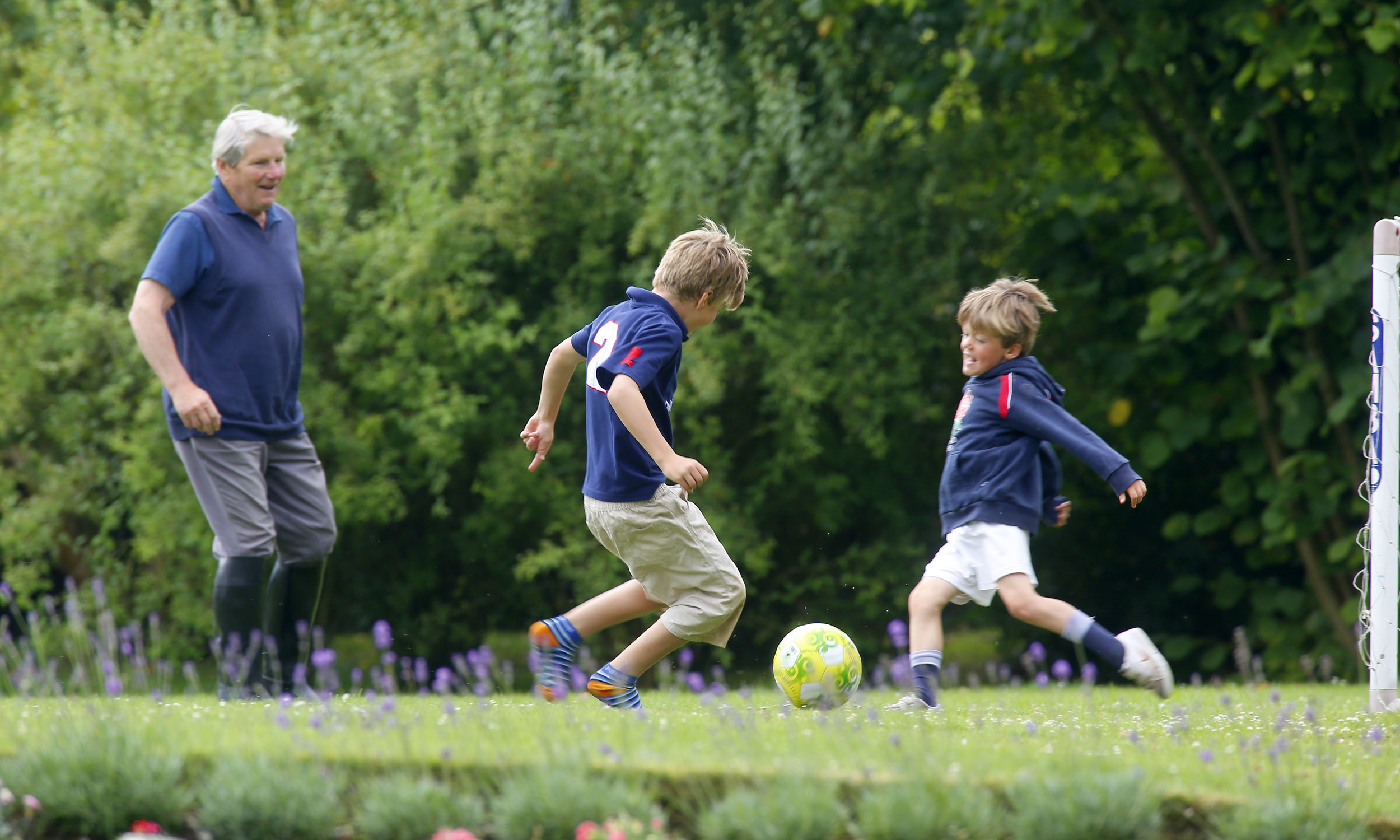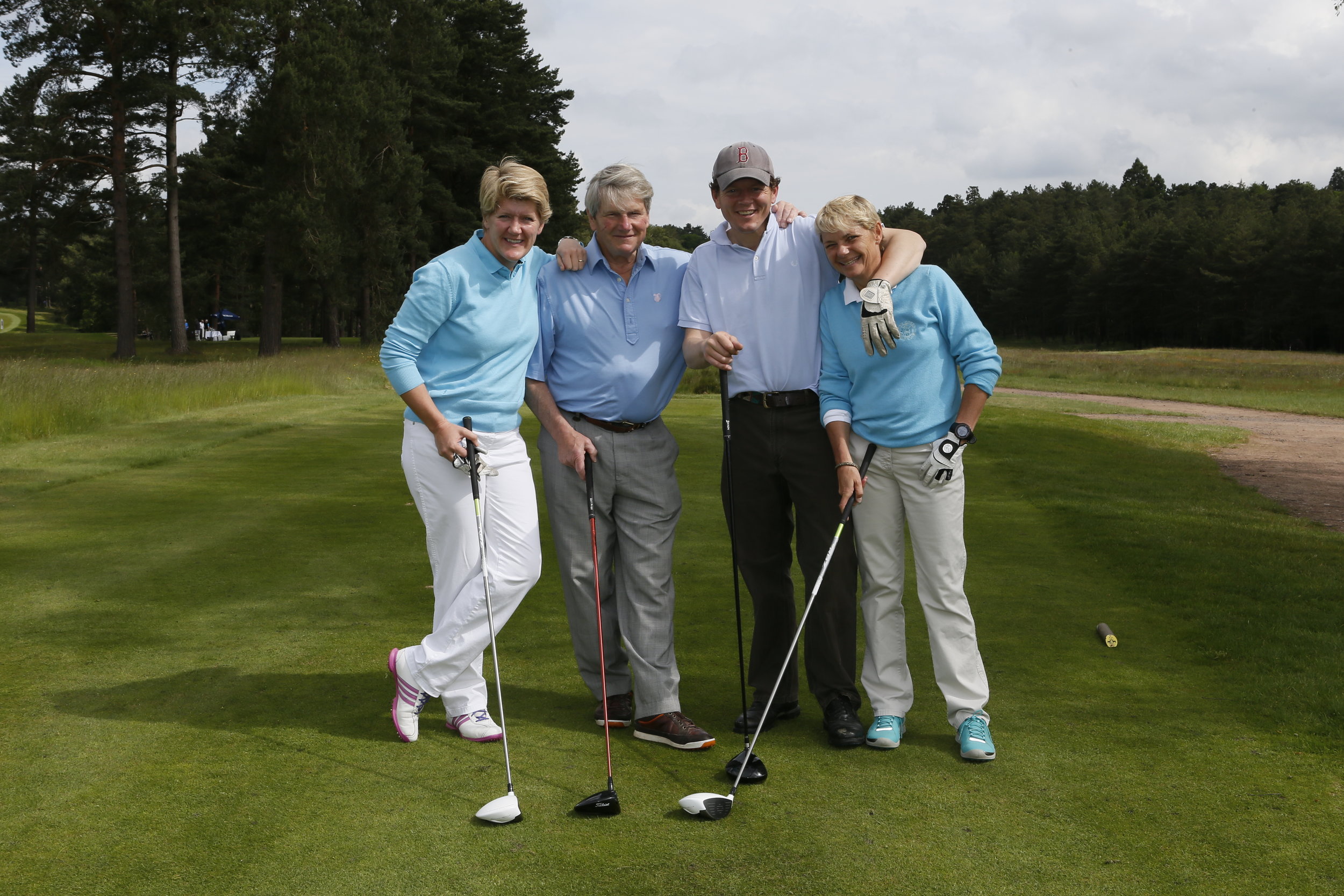Anne-Marie Poirier - continuing the legacy of her late husband Yann and developing the perception of 'pre-training' yards
/By John Gilmore
Just twenty minutes from Angers in the Pays de Loire region of France, you come across Anne-Marie Poirier’s Haras Du Chêne pre-training yard at Soucelles. Situated just off a quiet country road, surrounded by forest, provides the ideal calm conditions for pre-training racehorses.
Anne-Marie Poirier has spent a lifetime involved with horses, since initially showjumping in her native Netherlands as a youngster. For the past 23 years she has been working at Haras du Chêne pre-training racing yard first started by Yann Poirier, whom she married in 2001. Tragically Yann Poirier died after an accident with a horse in 2015.
"I come from a horse-loving family", indicated Poirier. “My older brother gave me riding lessons nearly everyday. So thanks to his training I won many competitions - just under National level. Knowing the difficulties of making a living while working with horses in the Netherlands, I decided to concentrate on my studies in International Land and Water Management and went abroad for work to India and Sri Lanka. In between jobs, I decided then to learn French, for my future career."
Her move to France in 1998, barely speaking the language, was to change the whole complexion of her future. “It seems such a long time ago, when I first chose the Loire region to live - taking French lessons in Angers and obtaining a part time job at Yann Poirier's nearby Haras du Chêne pre-training yard,” reminisced Poirier. “Working with racehorses for the first time was a real eye opener and a totally new experience, compared to showjumpers. Yann brought me to a racetrack during the same year I arrived. I fell in love with him and thoroughbreds at the same time and have so many fond memories of him.”
She added,
"Well I thought I knew a lot about horses and how to ride, but that idea was gone after a few days! Riding short; took me months.
The rider has to find a proper balance with the horse, the gravity point. Yes it was a real puzzle in the beginning. Didn't have much experience with yearlings really. It’s all about doing the minimum to obtain the maximum. I mean a steady quiet hand and legs, keep them relaxed and breathe, training the muscles, heart, lungs, body and legs. Building up future athletes. I still learn every day!"
The whole setup is thanks to the foresight of Anne-Marie Poirier's late husband Yann Poirier, who was the first in France to start a yard for backing and pre-training racehorses in 1993/4.
"Yann previously worked 4 years in Ireland, including for The Irish National Stud, where he became close friends with Brendan Walsh, who assisted Yann for the first year back in France, to get the business started, and is now a successful black type trainer in the States,” pointed out Poirier. "Yann helped a lot of people to start their own business in France. He also tried very hard to get this booming industry officially recognised by the French racing authorities and create proper pre-training schools. This project is struggling, but still on-going.”
She added "I continue to open doors, even at Government level to get this sector properly protected and recognised. Not less than six ministries are involved, which makes the task not simple. It's important for employees in the business to earn a decent salary, be normally insured and for breeders to gain confidence that he or she is leaving the horse with professionals, which is highly important."
Poirier indicated that the Yard had not been too badly affected by Government restrictions during the Covid pandemic this year. "I have 60 boxes and currently have 30 to break, 30 to ride with 10 two years and upwards; including the ones in the paddock nearby the yard. Normally, I have about 200-250 yearlings per year. We haven’t been disturbed too much by the two waves of the coronavirus pandemic, though not many new horses were coming in during the first wave when racing stopped for a couple of months. Regulations introduced by the Government made it difficult to circulate for a while, and during June and July business was very slow for the stud.”
The annual Arqana August yearling sales were delayed by a month this year, but this appeared a blessing in disguise for the stud, as Poirier pointed out. “Since the Arqana September/October yearling sales my yard has had a massive influx of yearlings for pre-training, as confidence returned, with racing continuing even during the second wave - albeit behind closed doors.” .
Anne-Marie with some of the Haras du Chêne team.
A key factor at Haras Du Chêne is the professional capabilities of the 9 current employees, which has a very international look about it. A mixture of four French, one each from Argentina, England , Ireland, the Netherlands, and Spain. Poirier is expecting another arrival from Uruguay shortly, when the necessary paperwork is completed.
“José is our new headman responsible for breaking in young horses, with over 20 year’s experience, he is doing a great job,” explained Poirier. “I have a staff of horsey people, so no amateurs. They are specialised in the education of horses, especially young ones and know I can leave the staff to do their job with confidence.”
She added, “Foals arrive sometimes for a week or two, just to handle them, prep them for the sales and get them well-mannered. We do long-reining, as my late husband learnt in Ireland, lunging outside or inside, which is very comfortable during winter times, as is the covered walker. The key is always to adapt to the horse, never force, but just education “à la carte”.
It’s all a matter of convincing the horse to be co-operative. One way or another you want to ride the horse; but you need to install a steering wheel, a proper seat and a handbrake. Encourage, like we do with children and always reward after the horse does something well." …



